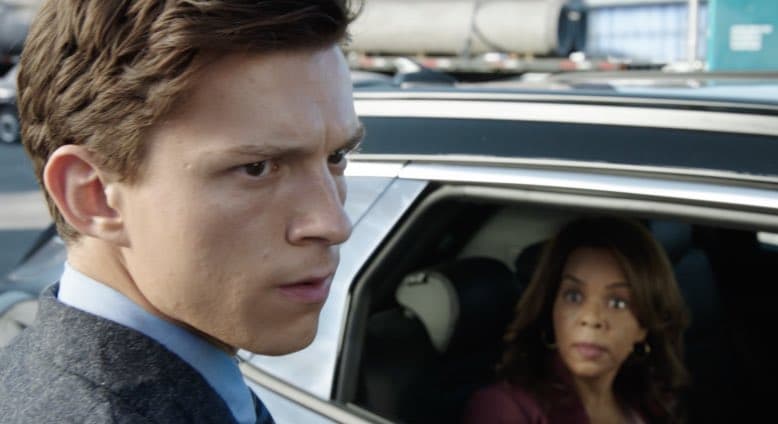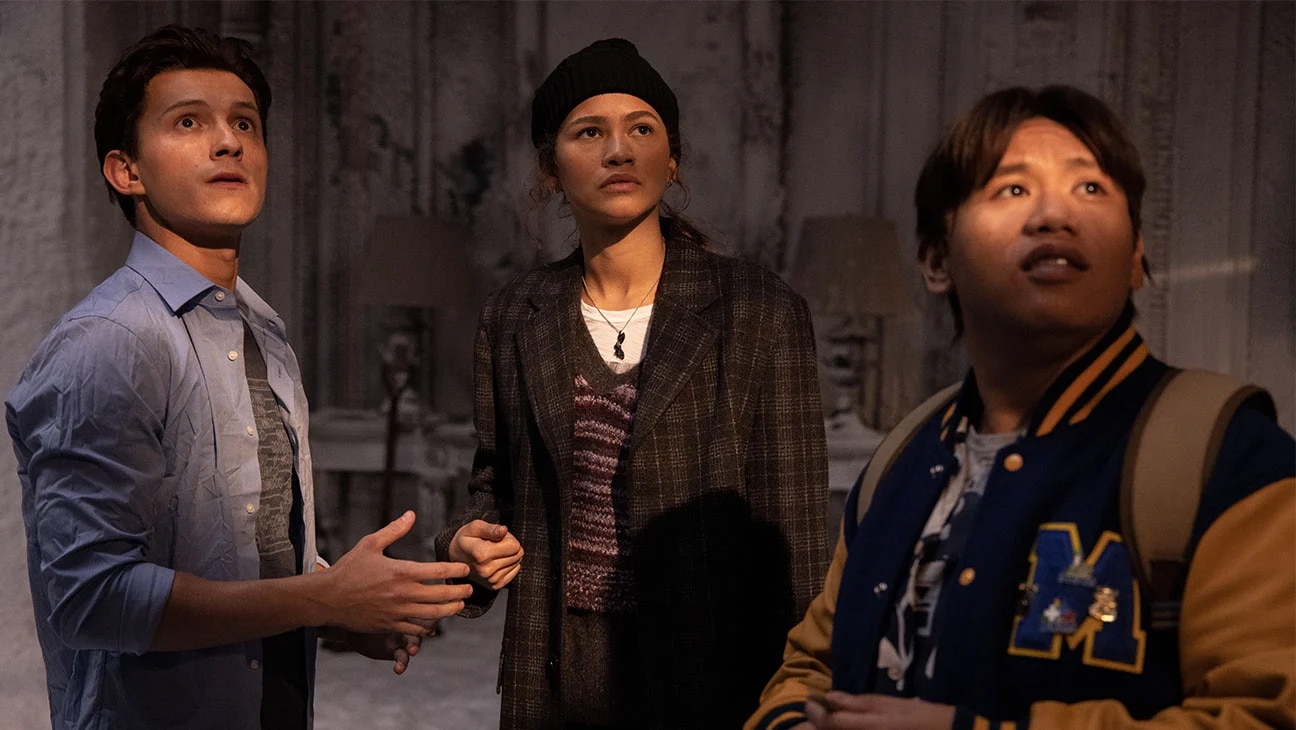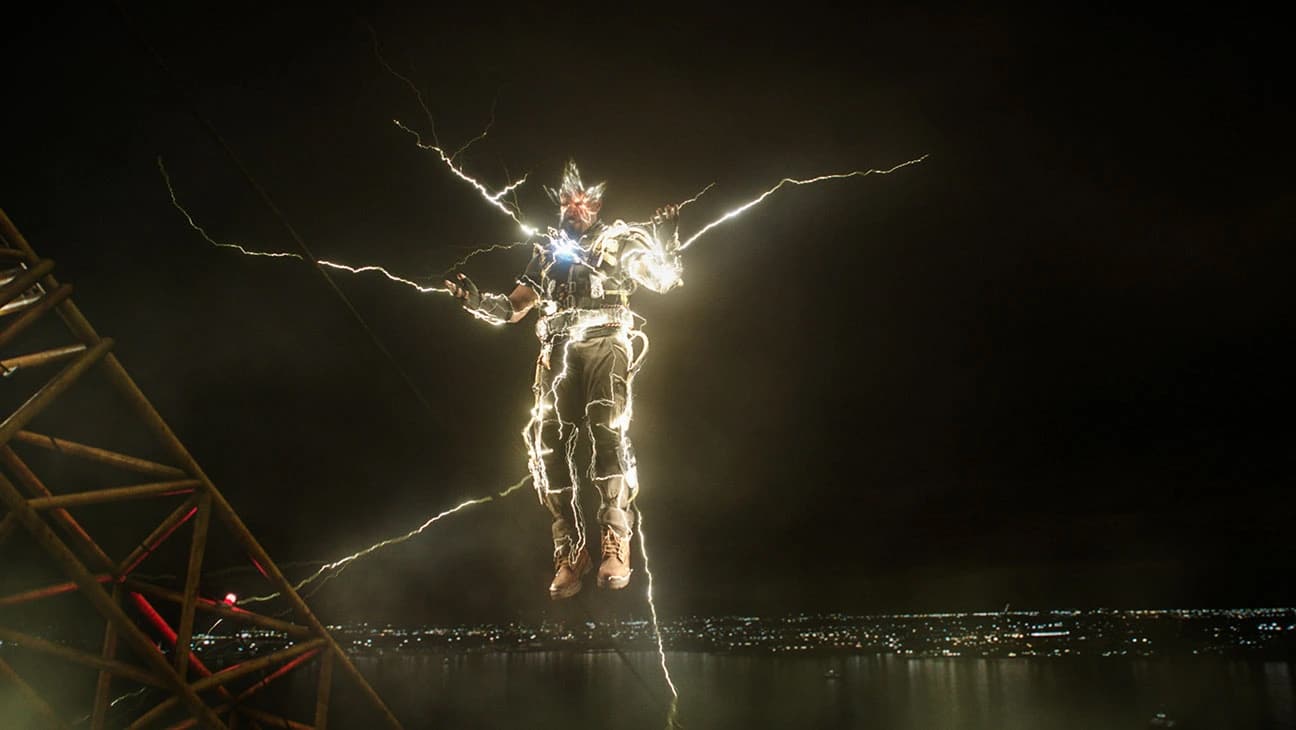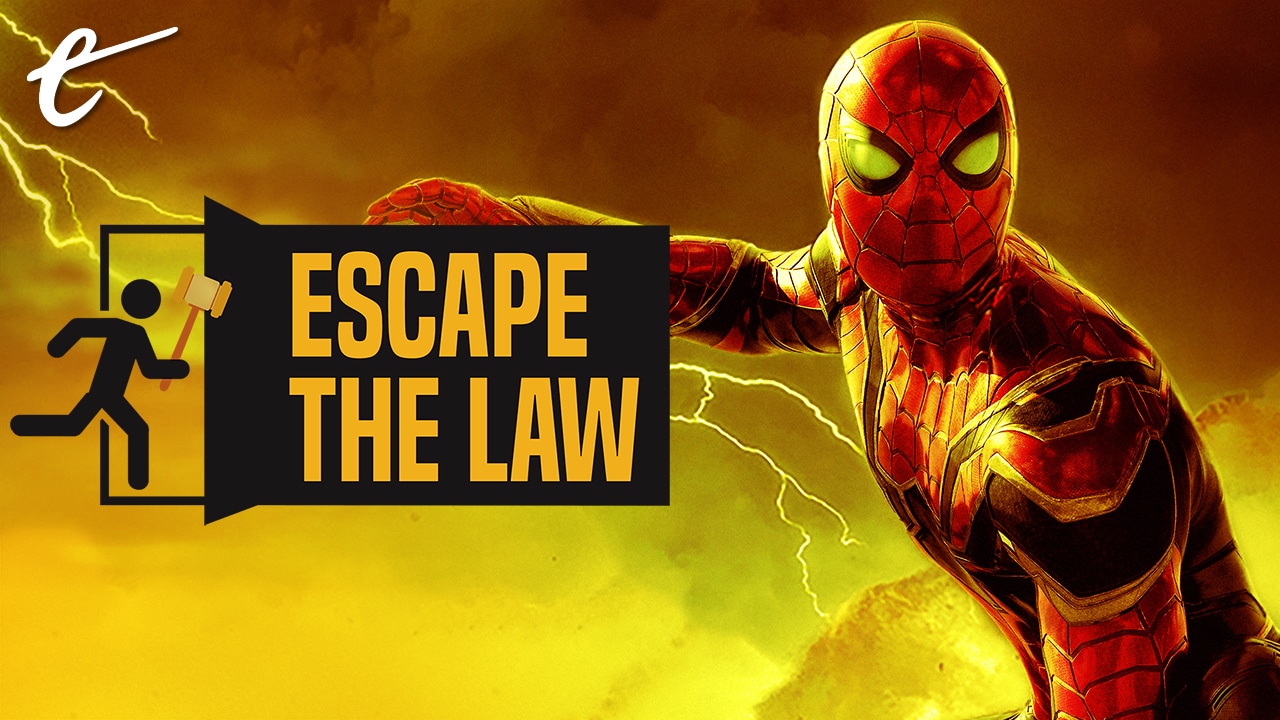We all know the line: With great power comes great responsibility. What you might not know is that Uncle Ben’s creed has been widely adopted by the courts and has been cited nearly 100 times on a variety of legal issues, ranging from debt collection to patent law and everything in-between. Ironically, Spider-Man: No Way Home fails to learn or apply its own lesson, particularly where MIT is concerned. This week, we’ll turn the tables on Spider-Man and see how his latest adventure places the blame in all the wrong places.
The Sinister Six After All
In the weeks leading up to No Way Home, trailers and promotional materials confirmed the appearance of five exciting key villains: the Green Goblin, Doctor Octopus, Electro, Lizard, and Sandman. Fans speculated that the movie might introduce a secret sixth villain to complete the famous Sinister Six.
Coming out of the theater, the prevailing view was that there was no sixth villain. That view is wrong. There was a sixth villain who single-handedly set the conflict in motion in No Way Home: the MIT admissions officer. More than any other villain, the admissions officer had the power to destroy Spider-Man’s life, to separate him from his friends and loved ones, and to jeopardize his future happiness and well-being.
The events of No Way Home get rolling when MIT rejects Peter, Ned, and MJ. Determined to find a way in, Peter visits Dr. Strange, with the hope that he will help Peter “magic” his way into the elite institution. As expected, the spell backfires and Peter’s world is breached by a series of villains and Spider-Men from other dimensions, who leave a trail of chaos and destruction in their wake.
Now, you may think we can’t really view admissions officers as supervillains. After all, they’re just trying to find the best students to fill out their class ranks. Surely there’s nothing wrong with that, right?

Wrong.
One of the factors that makes Spider-Man such a timeless character is that his problems are relatable. Along those lines, Peter’s struggles with college admissions are shared by millions of students across the country. In 2020, the acceptance rate at MIT was 7.3%; Stanford’s acceptance rate was 5.2%; Harvard’s was 5%. Even without a Spider-Man-related public image problem, the likelihood that three friends would each be accepted into MIT is a minuscule 0.03%. The difficulties and stress associated with the admissions process are widely known and well-documented. Studies show that high-achieving high school students should be treated as an “at-risk” population when it comes to suicide, depression, and substance abuse.
The widespread nature of these problems makes it easy for viewers to empathize with Peter in No Way Home and to understand why he felt compelled to do whatever it took to find his way into MIT — from Peter’s perspective, the rejection from MIT essentially amounted to the end of the world. It is thus fitting that it sets into motion events that almost lead to the literal end of the world.
Admissions officers and the educational institutions that employ them are well aware of these problems. Yet, the admissions process continues, year after year without any meaningful change. In other words, the admissions officers (or, more aptly, the institutions they represent) have great power, but consistently choose to wield that power irresponsibly — in a way that inflicts tremendous harm on students and their families. In real terms, that makes them supervillains. It also potentially gives rise to legal liability.

Why MIT Admissions Officers Are to Blame for the Multiverse Implosion in No Way Home
Under the law, there are a few instances where one person can be held responsible for the acts of another. For example, an employer can be held responsible for the acts of an employee, and a parent can be held responsible for the acts of a child. As is relevant here, the law holds an individual responsible for the unlawful acts of another when the individual takes action with knowledge that the action will cause another person to act unlawfully.
I explained it in depth in my article on time travel torts: “When it comes to avoiding harm, the law is concerned with predictability rather than personal responsibility.” If Alice leaves her car running while she goes inside a restaurant to pick up an order, and Bob takes the opportunity to steal her car and soon crashes it into another car, Alice would in several states be legally responsible for the damage Bob caused. This is because courts deem it “reasonably foreseeable” that a thief would steal a readily available car and reasonably foreseeable that a thief would drive negligently in his efforts to flee, which in turn renders Alice negligent.
One could argue that, under this theory, admissions officers and academic institutions like MIT should be held liable for the negative consequences of the college admissions process, including the multiversal conflict and destruction in Spider-Man: No Way Home. More specifically, in this world one could argue the following:
- It is reasonably foreseeable that the admissions system would lead to the stress, anxiety, and mental health struggles we see each year,
- it is reasonably foreseeable that the stress of the admissions process would cause Spider-Man (or another super-powered person) to use his powers to rig the process in his favor, and
- it is reasonably foreseeable that his attempt to interfere with the admissions process would be unsuccessful and would lead to the kind of consequences seen in the movie.

Alternatively, one could argue that admissions officers should be held liable under an expanded version of an “attractive nuisance” theory. Ordinarily, a landowner is not responsible for injuries that befall trespassers. Thus, if Alice slips and falls while walking on Bob’s land without permission, she cannot sue Bob for failing to install guardrails. However, several states recognize an exception to this rule when it comes to children. Under the “attractive nuisance” doctrine, landowners can be held liable for injuries to trespassing children if the injury results from a dangerous object or installation that attracted children to the property. For example, an owner would be liable for injuries resulting from a trespassing child’s use of a trampoline.
Taken at face value, the attractive nuisance doctrine would not apply to any of the issues arising from No Way Home. Nevertheless, the principles motivating the doctrine apply with full force: The admissions officers operate a system that is likely to attract minors and that is likely to cause harm to those minors (and others). Further, even though the affected individuals are in their later-teen years, many are still unable to appreciate or handle the risks associated with the admissions process. Thus, there is good reason to argue that courts should expand the attractive nuisance doctrine to hold institutions and admissions officers legally responsible for the foreseeable harms resulting from their broken system.
Reality Check
While I think the theories I have advanced are persuasive and that universities should face liability for their negligent admissions scheme, these theories would certainly not hold water in court. When it comes to holding individuals liable for the actions of others, courts have a fairly narrow view of what constitutes “reasonably foreseeable.” A court may agree that it would be reasonably foreseeable for students (or even Spider-Man specifically) to react negatively to a rejection, but it probably would not find it reasonably foreseeable that a rejection would lead to (a) magic (b) that is poorly executed (c) in a way that risks the destruction of the multiverse. Likewise, courts would not look favorably on such an aggressive expansion of the attractive nuisance doctrine.

Yet, the court’s rejection of these arguments does not serve as a redemption of MIT and its place in the No Way Home Sinister Six. The fact remains that elite universities wield tremendous power but do not take responsibility for any of the significant negative consequences resulting from that power. While universities might not be liable for the literal destruction of the multiverse, I would be surprised if there were not a competitive class action that could be levied against universities for negligent infliction of emotional distress. Like several supervillains, admissions administrators adhering to rigid processes mean well, but their thirst for superiority and dominance has caused them to lose track of right and wrong, resulting in tremendous harm.
None of this analysis is meant to excuse the actions of Spider-Man or Doctor Strange. There is no doubt that their efforts to, in essence, forget-me-now the entire population are unethical and illegal. But in the grand scheme of things, that is low-hanging fruit. The more interesting issues relate to the villain hiding in plain sight.
Finding the Deeper Meaning
On first glance, Spider-Man: No Way Home looks like standard-fare MCU fun. But if we look past the literal, we can view No Way Home as a frightening metaphor for the struggle students face in connection with the college admissions process.
Peter Parker could not handle his rejection from MIT. In the wake of the rejection, he found himself face to face with personal demons from year’s past — demons that he could not simply banish or ignore, but instead had to confront, defeat, and reform. To defeat those villains, he had to turn inward, reflect on the different paths his life could take, and draw strength from the various facets of his personality — from the different Spider-Men that he could become. Peter was able to defeat the villains, but only by sacrificing his most important relationships. He ends the movie alone and isolated, without a clear place in the world.
After removing the fantastical elements of Spider-Man: No Way Home, all that is left behind is the tragic story of a talented high school student who lost everything because he couldn’t handle the stress of the admissions process.
With great power comes great responsibility — it’s high time our elite institutions live up to that responsibility.






Published: Dec 30, 2021 11:00 am